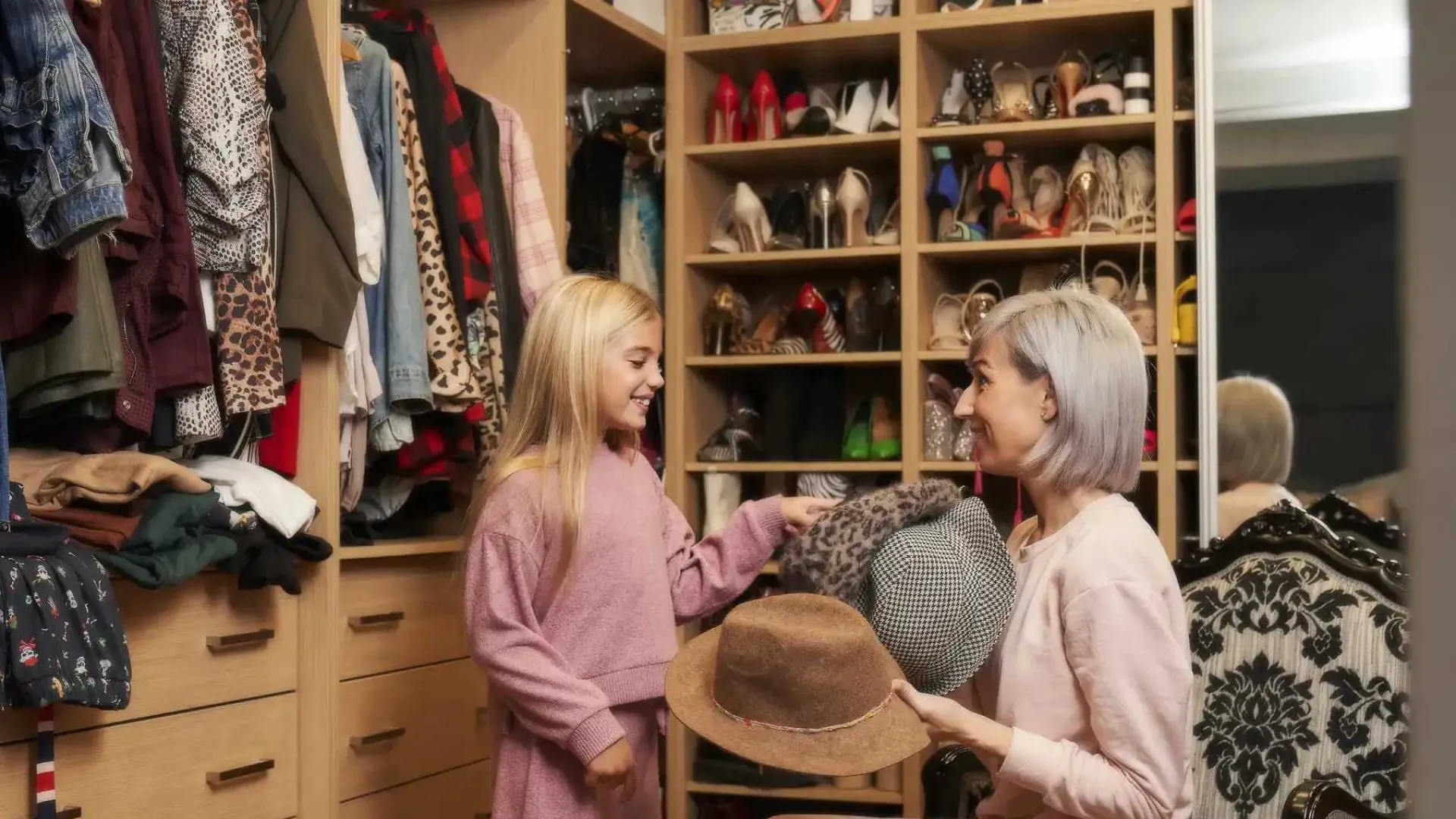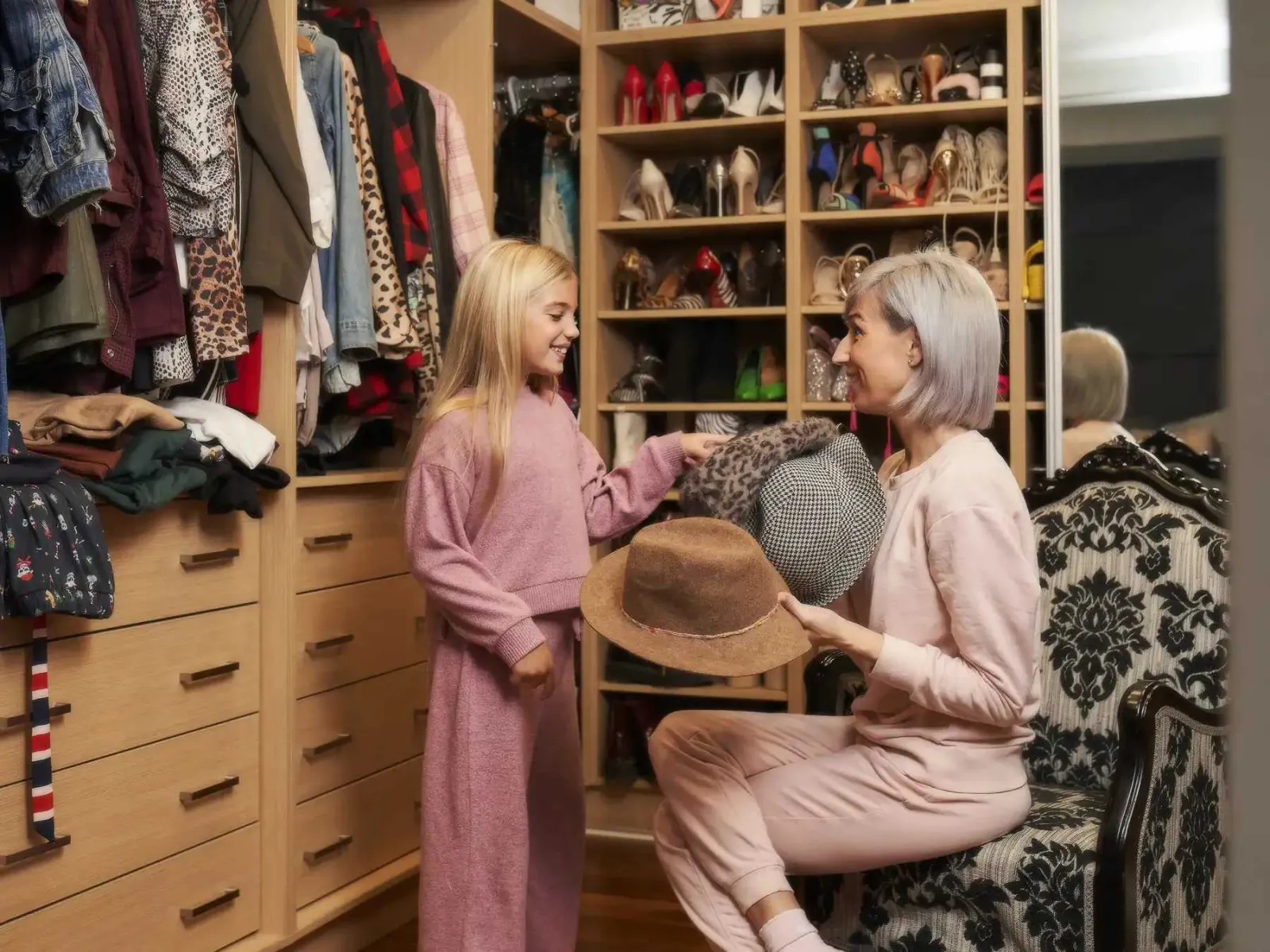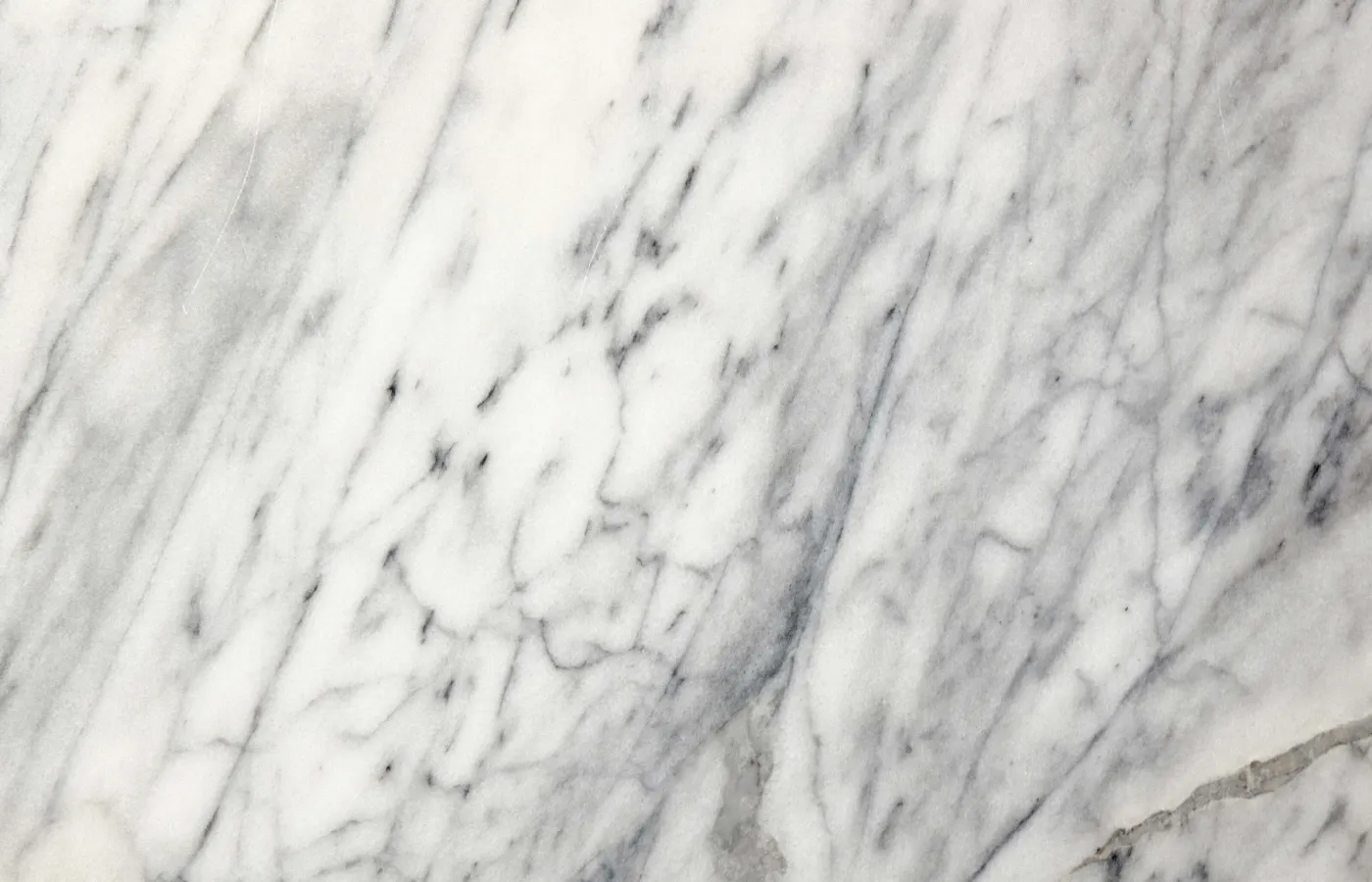
Custom Closet Design Mistakes to Avoid
Building a custom closet is an exciting moment in every new homeowner, renter, or relocater's life. Finally, a fitting home for all the clothes and accessories that you've cherished throughout the years! Some pieces give you confidence, some bring comfort, and some may be prized family heirlooms. Regardless of what they are, they all mean something to you, and it's high time that they have a proper closet to shine in.

Designing a closet comes with a lot of considerations and is a very involved process. By choosing a professional designer from Artisan Custom Closet in Atlanta, you can feel reassured that your questions and concerns will be addressed properly. From start to finish, our designers will be there for you every step of the way.
At Artisan Custom Closet, we don't just make custom closets — we design organized sanctuaries, enhancing functionality while exuding style.
Measure Twice, Cut Once: 5 Mistakes to Be Mindful of When Designing A Closet
Googling "how to design a closet" and hoping for the best more often than not will create mess and designing. Closet design is a unique skill that the average homeowner will come across only once or twice in their lives. Here are some closet design tips for you to build the closet of your dreams, while also avoiding common mistakes that might turn your new closet into a new headache.
#1: Not tailoring your closet to fit your short and long term needs
The first step to an efficiently customized closet is understanding your wardrobe in order to give it the space it needs. Take note of what's important to you. If you have a lot of accessories that you'd like dedicated space for, many thick sweaters that must be folded, or evening wear that you'd like to store safely, these are important observations to consider for your closet.
Short term questions to ask yourself:
How many drawers or shelves currently store your clothes? Is it enough?
Do you prefer to hang or fold your clothes?
Do you have a lot of long items, like coats or dresses?
What takes up the most space in your closet right now?
Long-term questions to ask yourself:
Do you plan on sharing your closet in the future?
How will this other person's clothes and accessories fit into your space?
Do you want your closet to be adjustable?
#2: Not utilizing the space above the top shelf or building to the correct height
One of the most common mistakes from DIY closet makers is leaving too much dead space above your top shelf. The best closet design tip for top shelves is installing them at least a foot below your ceiling. This utilizes every corner of your closet while still giving just enough room up top to store bulky items, like suitcases or extra bedding.
The correct height for an average heighted person's closet is typically 7 feet, which is enough space for a comfortable sized "double hang" (hangers above and below). But, consider your height! If you're taller than 6 feet, you may need to make your top shelf a little higher to accommodate your longer clothes, so that they don't touch the floor or shelf underneath it.
#3: Not making shelves deep enough
Check your shelf depth — most closet companies use shelves that are 12" deep. In order for a closet to look put together, shelves need to be deep enough to properly accommodate the size of your clothing. The last thing you want is having your clothes stuffed in or hanging out of a shelf. It looks sloppy, it wrinkles your clothes, and worst of all, it becomes a daily inconvenience.
At Artisan Custom Closet, our shelves sit at 14" deep as our standard. This is typically ideal for most people, but larger or smaller depths can be accommodated as well. Our designers are here to help you learn how to design a closet to meet your specific needs.
#4: Not prioritizing or customizing space for your specific interests
Do you love collecting shoes and accessories but never know the right way to store them? Designing a closet means that you can finally store (and show off) the clothes and accessories you've collected over the years. With a custom closet, you can make sure the shoe fits — every time.
For example, a good rule of thumb for accessory storage is keeping it visible and easy to reach. This can be accomplished with slide-out racks or wall mounted racks for jewelry or drawer dividers to separate your ties, belts, scarves, and socks.
Shoes are often challenging to store, since they're bulky, they come in pairs, and there are so many different types. For heels and dress shoes, angled shelves with shoe fences are usually preferred for its ability to prop up your shoe for better viewing. Cubbies or shelves with a flat bottom are great for everyday shoes, like sandals and sneakers, since they're easy to access and quick to store.
#5: Not considering lighting
If you wake up early (or if you're a night shift worker) lighting matters a lot. Nobody wants to struggle to change in the morning, and lighting could make or break your experience with your closet. It's worth it to take a moment to figure out if you prefer bright, overhead lighting, puck or strip lights to illuminate your shelves and drawers, or individual LED lighting for specific corners of your closet.
The Custom Closet of Your Dreams is Just a Call Away
Designing a closet is a niche skill with many common mistakes to look out for. Our talented designers at Artisan Custom Closets in Atlanta are here to help make the process as stress free as possible. Call us to schedule a free in-home consultation today.
